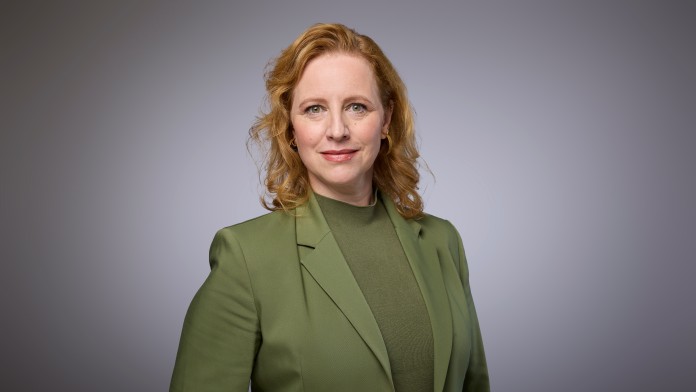Press Release from 2021-12-30 / Group
KfW Credit Market Outlook: Omicron overshadows trend reversal in lending business
- Decline on previous year fell to -7.6% in 3rd quarter of 2021
- Slightly positive growth rate expected for fourth quarter
- Business lending market will not experience a sustained recovery until the second half of 2022
As expected, new lending calculated by KfW Research dropped significantly yet again in the third quarter, falling by -7.6% (moving two-quarter average). Nonetheless, this signals a cautious trend reversal in the business credit market already, as the rate of contraction has weakened substantially compared with the historically weak previous quarter (-12.7%). The credit market probably returned to positive territory already in the final quarter of 2021, if only slightly. A sustained recovery in the credit market, however, is yet to materialise given the emergence of the Omicron variant.
In the third quarter the share of businesses in loan negotiations with banks fell to a new low in all size classes since the beginning of the surveys. Only 17.7% of all small and medium-sized enterprises still reported having applied for a bank loan. At the same time, credit institutions made few changes to their lending policies over the summer months. Barriers to credit access remained steady on a moderately increased level overall. Despite rising inflation and an emerging debate about the right timing of monetary policy tightening, we continue to see record-low interest costs in the business lending market.
KfW Research expects business lending to grow moderately by 1% year on year in the current quarter. To be sure, a considerable portion of this is due to the elimination of the negative base effect, which had so far dampened credit growth at the beginning of the pandemic owing to high financing requirements. But businesses’ need for external finance is also likely to increase slightly more strongly than anticipated. Along with the improved economic situation, current inflationary pressure plays a role here.
Persistent supply bottlenecks are currently disrupting economic activity through various impact channels. For one thing, they are generating a surge in prices in combination with developments in the energy market. Consumables, goods destined for sale and investment projects are becoming more expensive. This also increases associated funding requirements. For another, scarcities have led to a considerable order backlog in the manufacturing sector. This is very likely to have delayed some investment projects. Initial data on fourth-quarter industrial output has now turned positive. It is therefore safe to assume that a (minor) catch-up recovery will set in towards the end of the year.
However, the emergence of Omicron has now significantly disrupted economic conditions again. The investment environment is becoming murkier, supply bottlenecks may continue for longer, and new restrictions to contain the pandemic are likely.
“The Omicron variant is overshadowing the recovery in the credit market”, said Dr Fritzi Köhler-Geib, Chief Economist of KfW. “The prerequisites for more vigorous investment and lending activity are generally fulfilled in 2022, especially on the back of the strong order volume in the manufacturing sector and continuing favourable financing conditions. Besides, investments were deferred during the pandemic, so that catch-up effects must be expected. But now Omicron has plunged us into uncertainty again, particularly with respect to the course of the recovery. At present I do not expect credit growth to speed up again until the second half of the year.”
Note:
KfW Research calculates the quarterly KfW Credit Market Outlook exclusively for the German business newspaper Handelsblatt. The current edition is available at:
www.kfw.de/KfW-Credit-Market-Outlook


Share page
To share the content of this page with your network, click on one of the icons below.
Note on data protection: When you share content, your personal data is transferred to the selected network.
Data protection
Alternatively, you can also copy the short link: https://www.kfw.de/s/enkBbm2w.Cn3A
Copy link Link copied